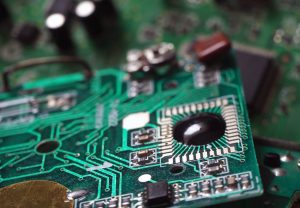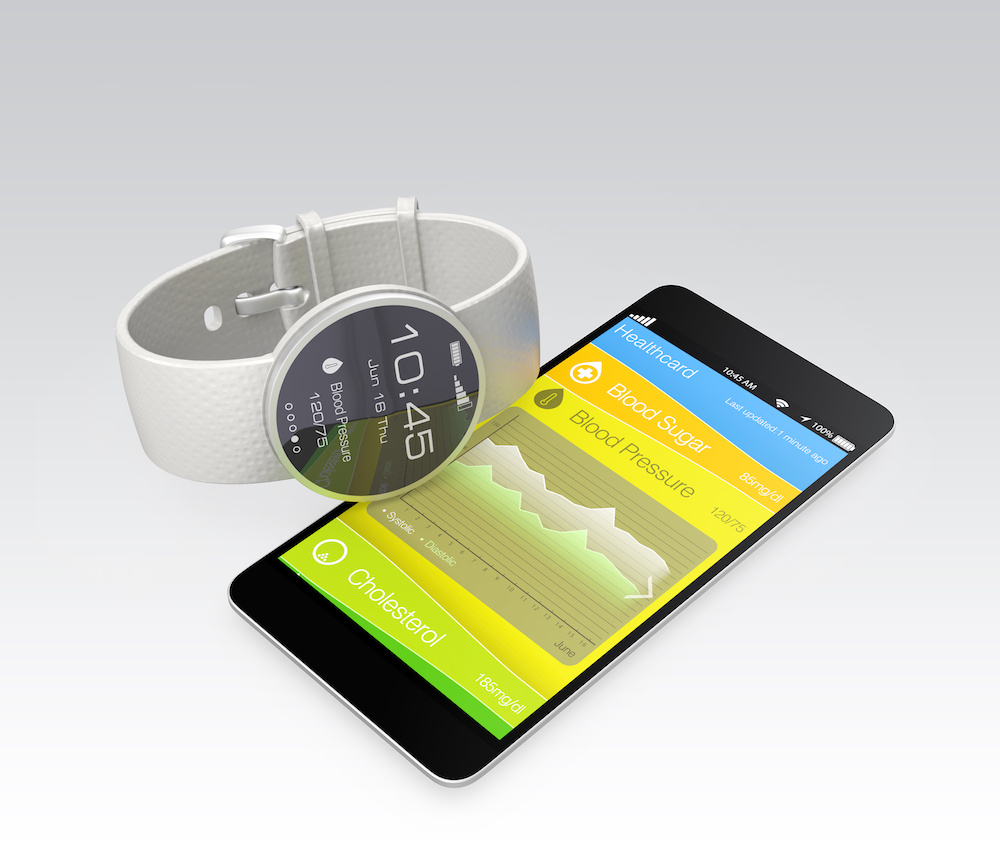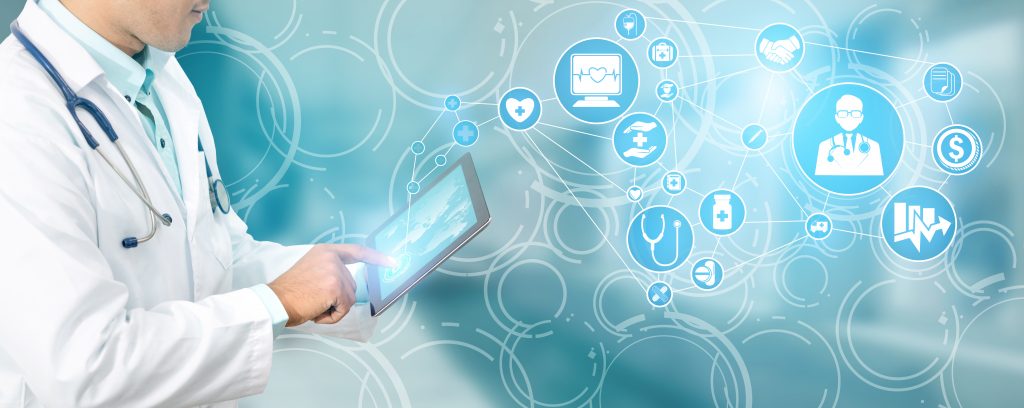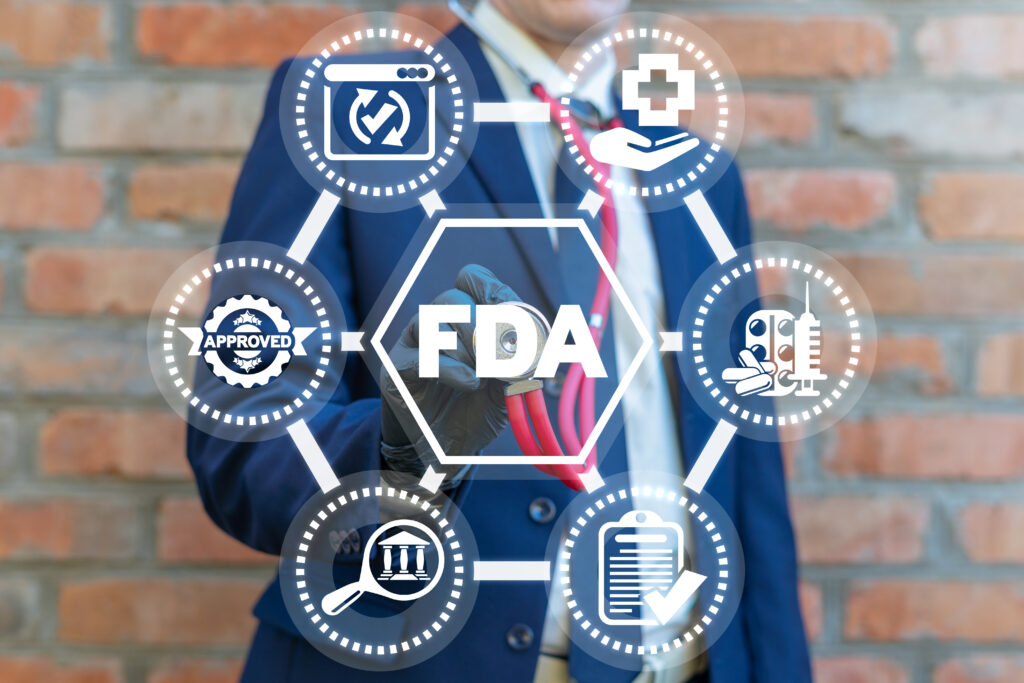
FPGA-based design refers to Field Programmable Gate Arrays, or FPGAs, that are used in the place of microcontrollers to execute sets of functions instead of having a lot of sequential steps and controllers that don’t create a unified process. This design process is common in medical device development and can help create more effective designs than other methods of prototyping. In this guide, we’ll take a closer look at what FPGAs are and what their design entails.
What is an FPGA?
A Field Programmable Gate Array is a semiconductor device that is comprised of logic blocks. These logic blocks are specifically programmed to execute certain functions. They can be interconnected using a matrix, and their structure is a two-dimensional array that connects input and output signals for easy operation. FPGAs are also entirely reprogrammable, which means that they can be modified to serve a different function if they’ve completed their first task.
So, what is FPGA design? The FPGA design process includes:
- Design: Designing the semiconductors to perform the necessary actions based on the code with which they are written.
- Verification: Verification of the design to ensure that all functions work and can be repeated properly.
- Implementation: Implementation of the new FPGAs, which take over certain processes and operations in various devices, including medical devices.
FPGA design and development is something that is best left to the experts because of its unique nature. However, understanding it is simple for just about anyone.
The Benefits of FPGA Design
Several benefits come from choosing FPGA design over other methods. For starters, it is faster and more efficient because it allows actions to occur simultaneously, providing much better processing solutions for things like graphics and FFT. The high-speed options that this design offers also make it a better choice for things like LVDS and HDMI protocols.
FPGA design is flexible and agile. Configurable logic blocks make it easy to change hardware configurations, and as long as logic elements are available, you will never run out of timers. Being able to reconfigure elements down the road will also offer flexibility in product lifecycles and provide room for change when requirements and technology change.
FPGAs do what microcontrollers can’t. They can be uniquely programmed and coded to deliver on several functions and tasks, and they work as a whole with embedded system development for things like medical devices. From prototyping to execution, FPGA design is a useful tool for this industry and others like it.
How it Works
The next question many people have is what does an FPGA design engineer do, and how does the process work? First, the team works together to come up with a design entry, which they create using HDL or Hardware Description Language. The schematic-based technique is used for design entry, making it easy to read and comprehend for all users involved. Once the design entry is completed in the form of code and entered into the system, the synthesis process begins.
Synthesis involves making sure that the functions actually do what the designer intended them to do. The gates, flip-flops, and other elements are added to the circuit, and the input is turned into a netlist, giving users a full list of the logic elements they’ll need for the project. Once this is complete, the implementation begins.
Implementation involves three steps: Translate, Map, and Place and Route. The FPGA tools used are most effective because they know how to translate things effectively and place them where they should go. There may be some trial and error here, but that’s where the final step, timing verification, comes into play.
Timing verification can be done through a static timing analysis or a timing simulation, either of which can be done at certain stages in the process. Depending on whether you want a partial or full analysis, these verifications should be done after the mapping, placing, and routing and elsewhere in the process.
What is HDL Design?
HDL, or Hardware Description Language, is the use of system specifications and hardware details to design the hierarchy of an FPGA or other device or component. Using this language is ideal for digital systems that require more hierarchy division and simple instructions that inform the FPGA design and implementation process. This design can be divided into as many sub-modules as needed, which makes it easy to use it as part of the FPGA design process.
The Bottom Line
FPGA design is revolutionizing the way that medical prototyping and other device development take place. It allows for custom programming with reprogrammable features built in, allowing end users to get more from their device development. Contact Device Lab to learn more about FPGAs and their design process.








